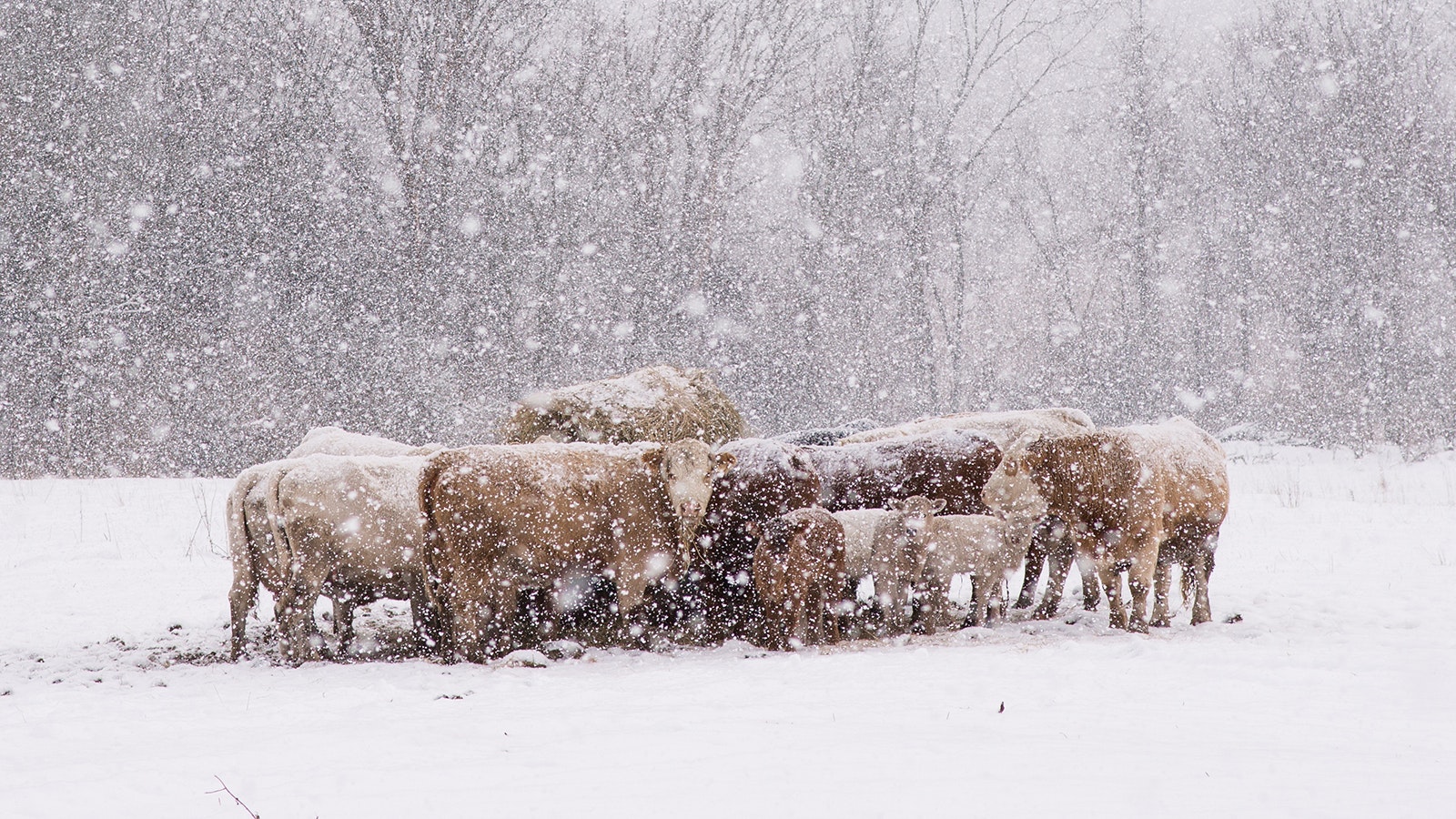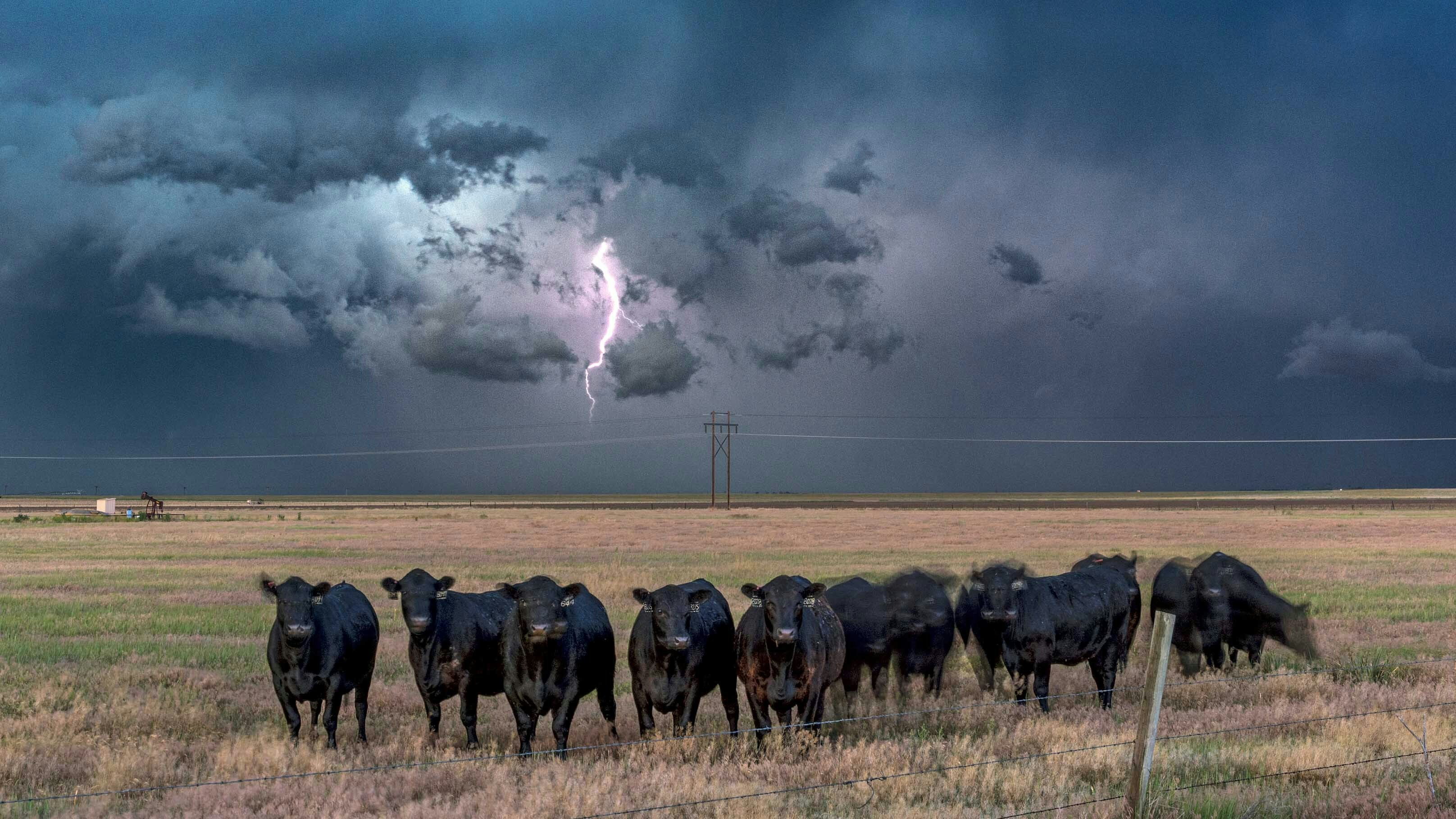Extreme winter conditions that began in late January and persisted through April killed 14,894 head of livestock on Wyoming ranches valued at more $7 million.
Data recently complied and released from the Wyoming office of the Farm Service Agency (FSA) shows a diagonal swath of death that cut across parts of Uinta, Sweetwater, Fremont, Natrona and Converse counties.
Deena McDaniel, FSA farm program specialist said it was the worst winter for livestock losses since 2008 when the current federal livestock indemnity program started.
Other significant winters for livestock die-off were 1976-77 and 1983-84.
But the “Big Die-Up” of 1886-87 may be the worst ever. Entire ranches were wiped out that winter with hundreds of thousands of cattle dead in Wyoming and neighboring states.
Unrelenting
Death loss claims were filed for 1,740 adult cattle this year, valued at just over $2 million. McDaniel said last winter kept a relentless pace that started Jan. 25 and didn’t let up until late April. Many of the adult cattle that died were close to calving. Ranchers hoped for a break in the weather, but it never came.
“We really needed a break to allow us to get back on our feet and get moving but we never got it,” she said. “The wind and snow just never abated.”
There were 8,622 calves that died, primarily in April, McDaniel said.
Wyoming Farm Bureau Spokesman Brett Moline said ranchers struggled just to reach their herds in some cases. A Uinta County sheep rancher hired a road grader and a front end loader to clear a path to move his flock to a place where he could haul feed and they could birth their lambs.
Many Wyoming sheep ranchers use a practice called range lambing. Most years in April and May, the sheep can find enough cover out in the ravines and other natural cover of the high desert to birth their lambs.
Moline said a Fremont County rancher lost more calves this year than he did during the previous five winters combined.
A Sweetwater County rancher lost 38 calves in three nights in mid-April. He told Cowboy State Daily that several of his cows dropped their calves in front of a snow and windstorm. The cows wandered off a short distance finding cover in some willows and the calves were snowed over. When he found them, they were frozen.
There were numerous reports of frozen appendages, including noses, testicles and udders on cattle as well.
McDaniel said the amount FSA pays for livestock death loss was established as policy last January. Adult cattle were valued at $1,163 each, followed by calves at $540.47, ewes at $233.35, rams at $554.78 and lambs at $183.33.
Building Back
When an adult cow dies, the rancher loses her value (currently $1,163) and the value of the calf she was carrying. Moline said at current market prices, fall calves are fetching about $1,400 each.
Lost genetics are another factor that ranchers must account for with death loss, Moline said. Ranchers invest in genetics that fit well at their particular elevation and climate. For example, some cattle thrive on Wyoming ranches at 8,000 feet elevation and graze in high mountain pastures past 10,000 feet.
But some cattle have pulmonary issues and can’t handle high elevation.
“Every ranch is unique and has a different set of resources,” Moline said. “When you buy cattle that were raised on a different set of resources they may not work out. Ranchers have to find out what works for each individual ranch.”
Rebuilding a cattle herd takes a minimum of two years. Moline said it takes that long for a heifer to reach sexual maturity. After she produces her first calf, that calf can be sold at a profit for the ranch, but she has to be fed for two years to get there, and that’s a big expense.
Are Farm Subsidies Necessary?
A lot of people question government involvement in agriculture. Moline said U.S. food policy was developed after World War I. Agriculture production dropped significantly because of the strains of the war, and naval blockades caused food shortages and malnutrition in several European countries.
“Our farm program is designed to keep prices affordable for our population,” Moline said. “When we have winter storms or droughts that cut our supplies, we have reserves in place and we keep good people on the ground, producing. Maintaining our domestic food supply is extremely important.”
According to the World Economic Forum, there are eight countries where consumers spend less than 10% of household income on food. The U.S. is first in the group at 6.4%. Other countries on the less than 10% list include the United Kingdom, Australia and Canada.
According to the same list, there are 10 countries where consumers pay out 40% or more of household income for food. Most of them are in Africa, but the list also includes Guatemala, Pakistan and the Philippines. In Nigeria consumers spend 56% of household income on food.





